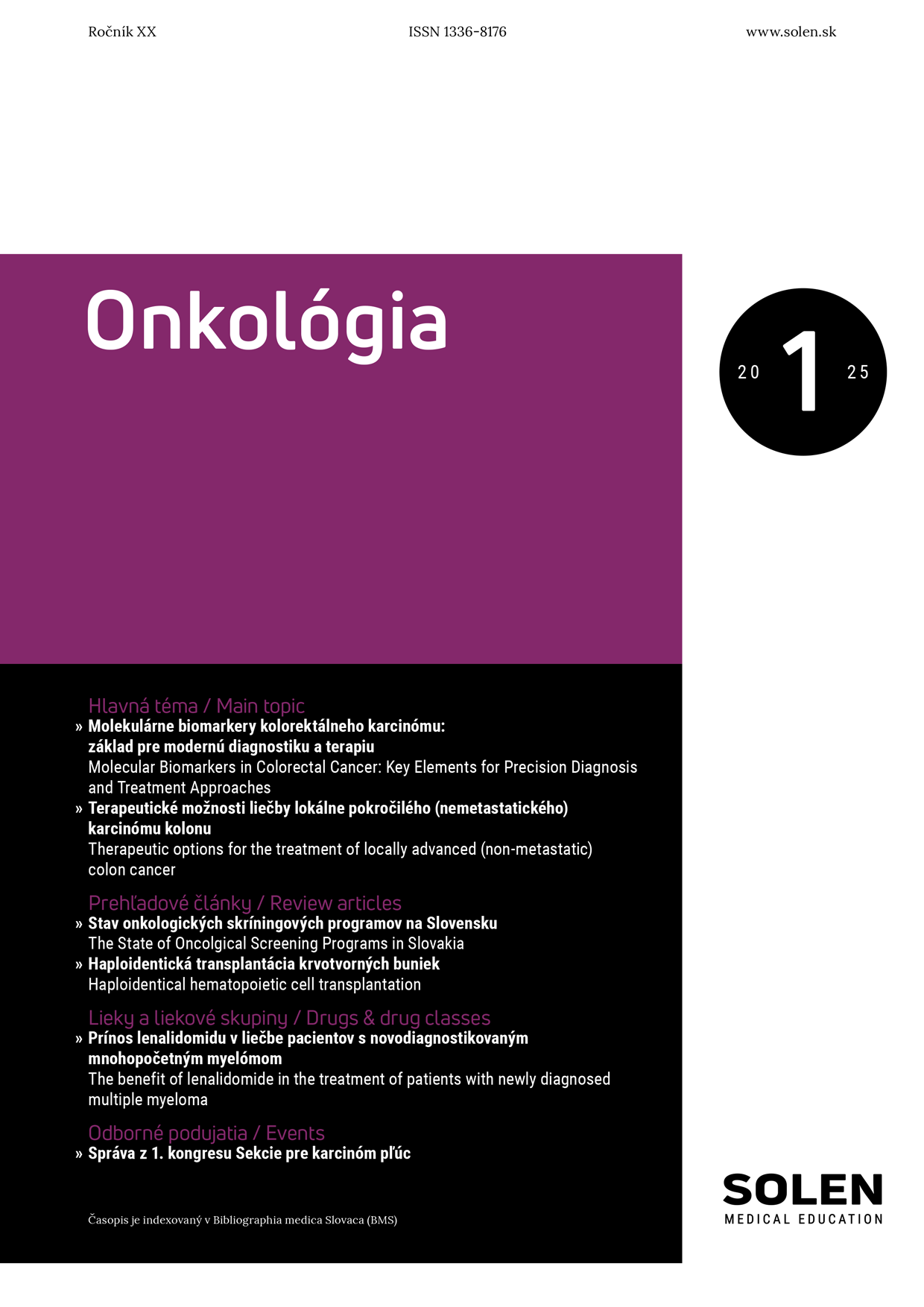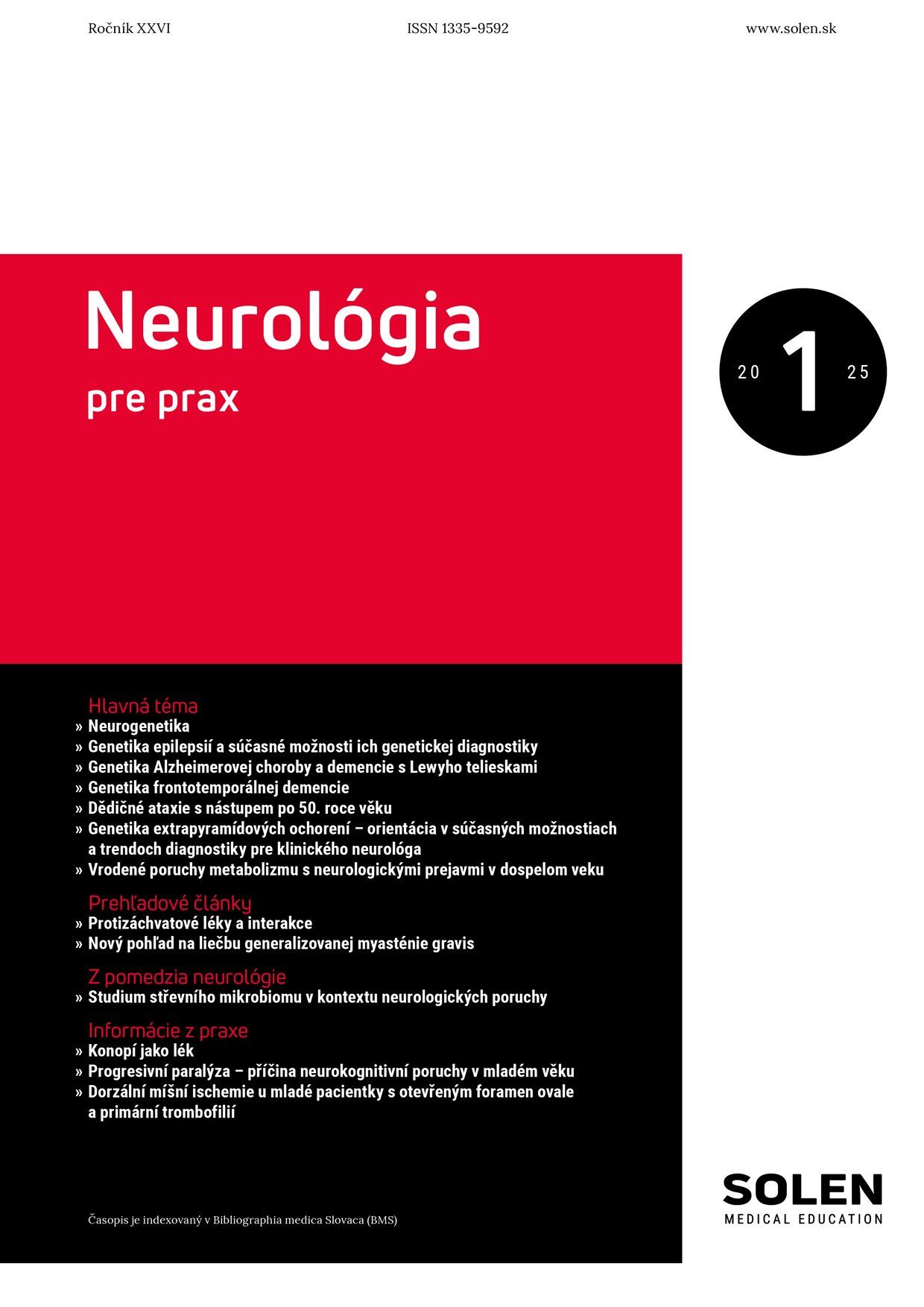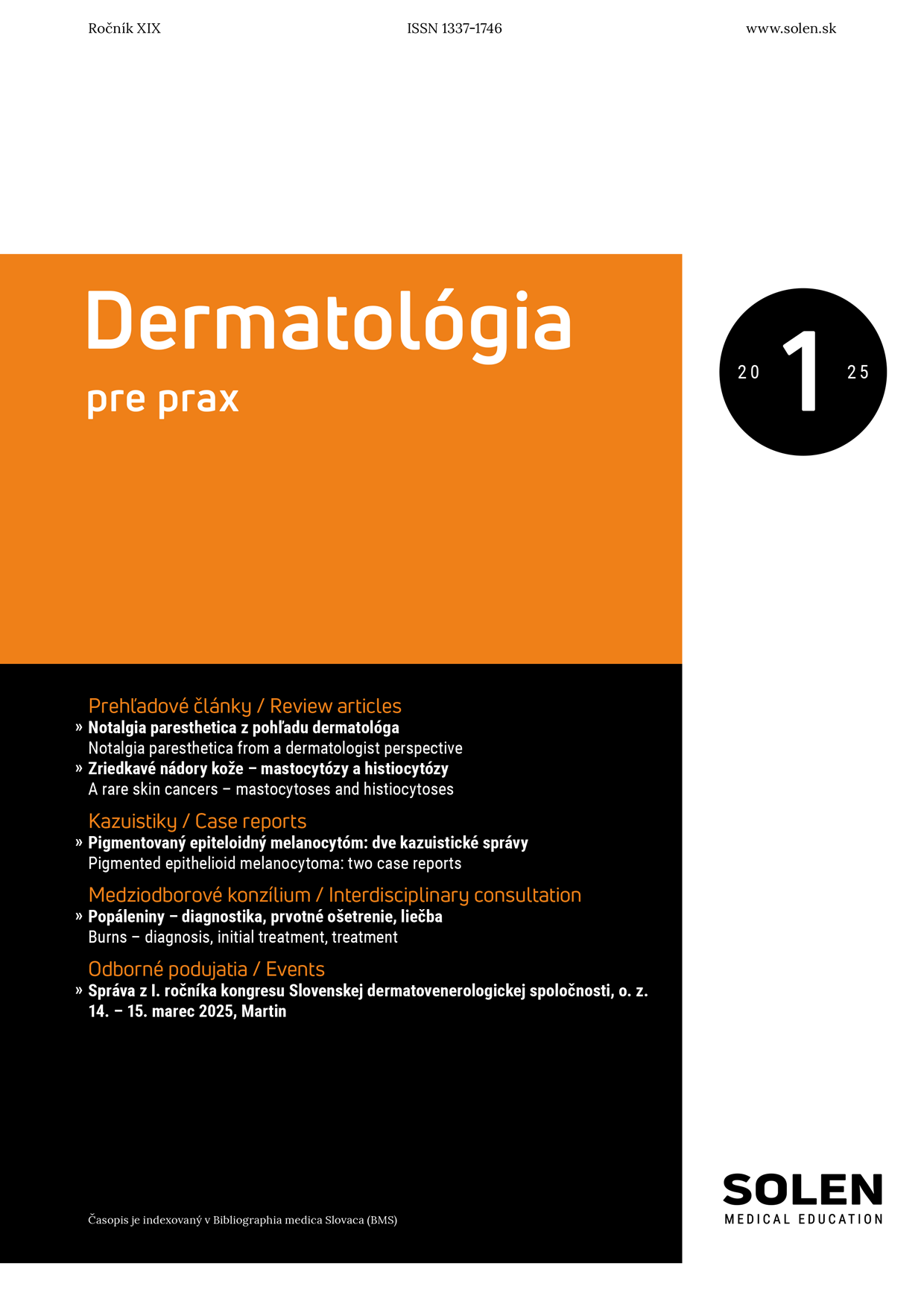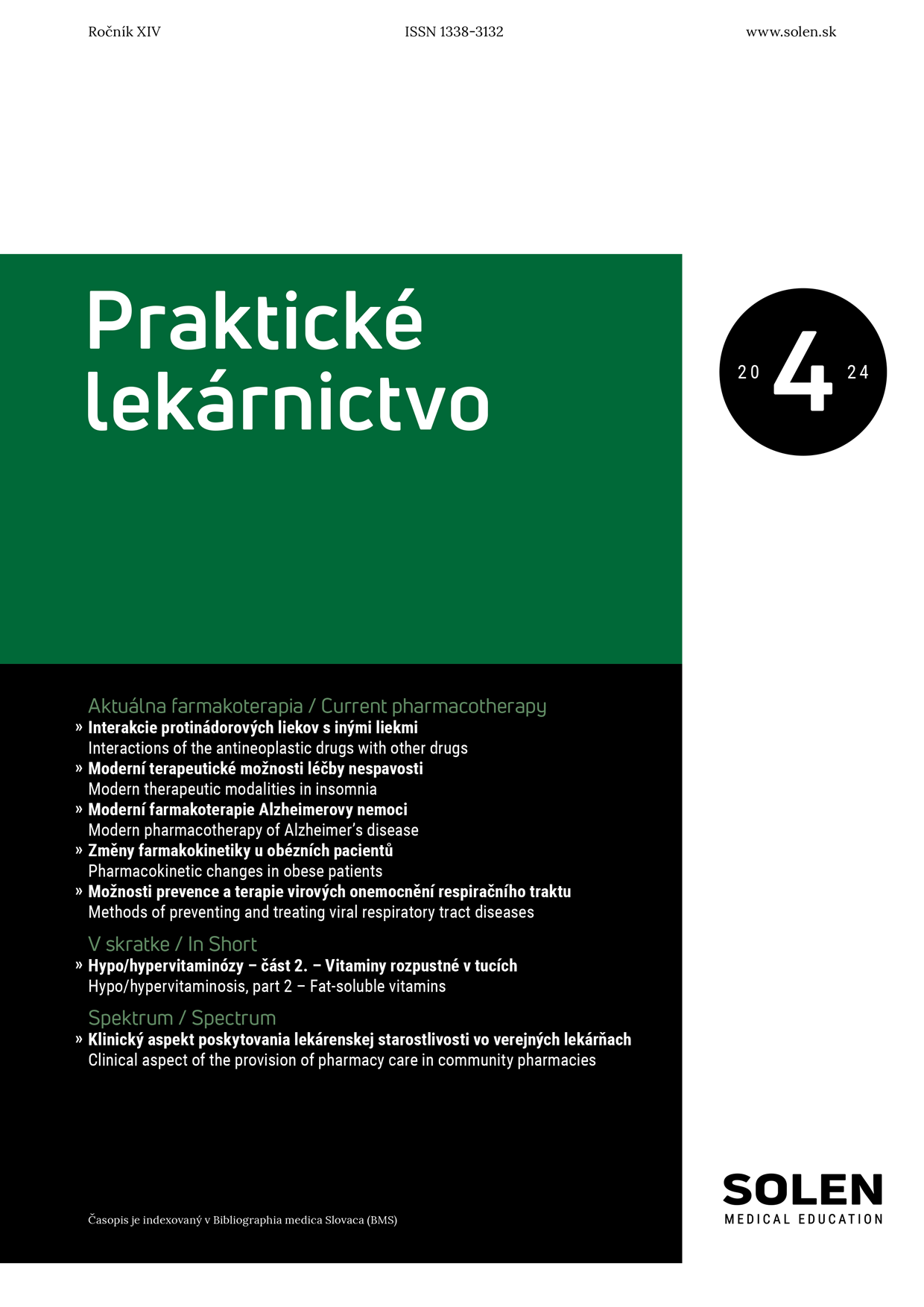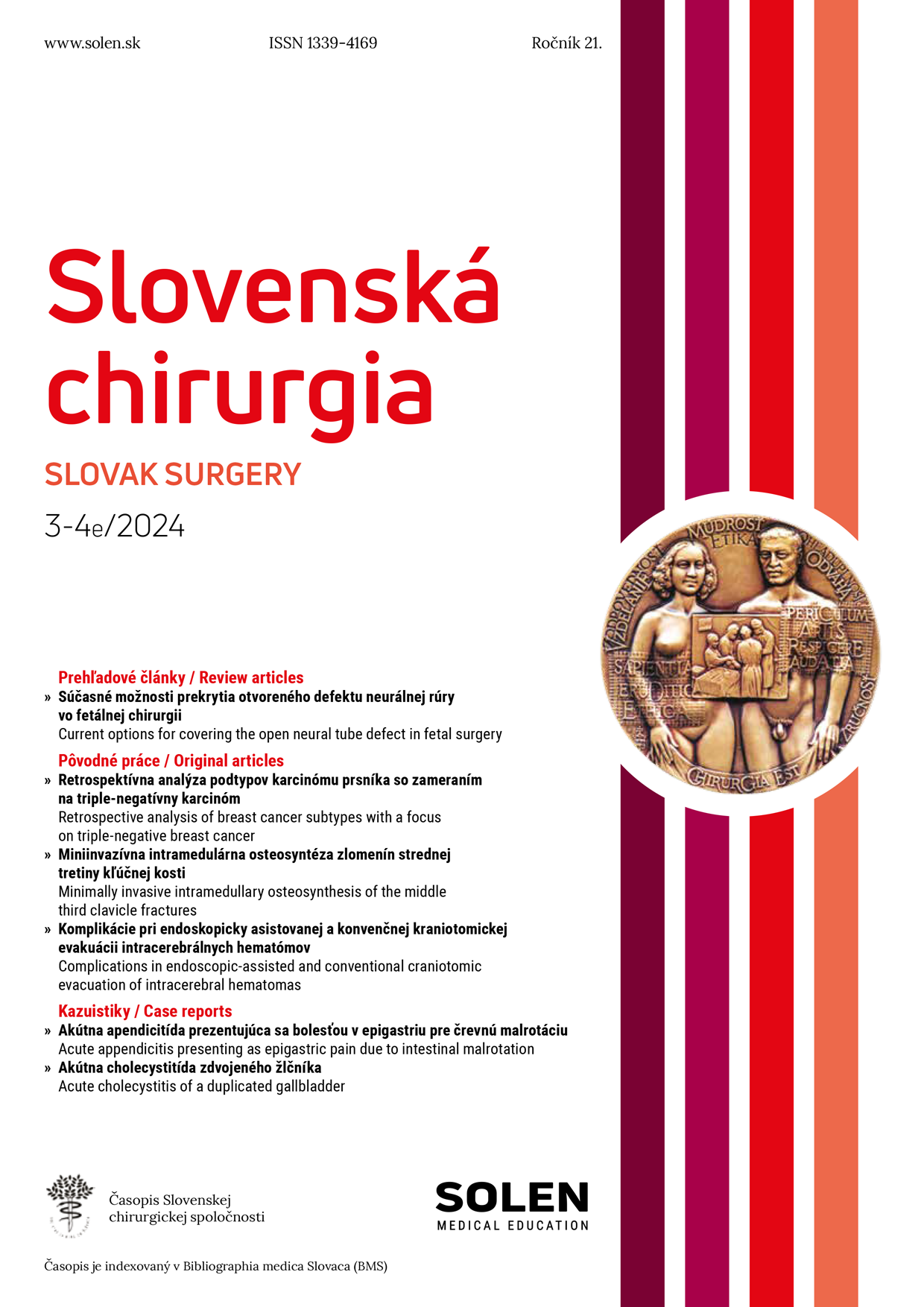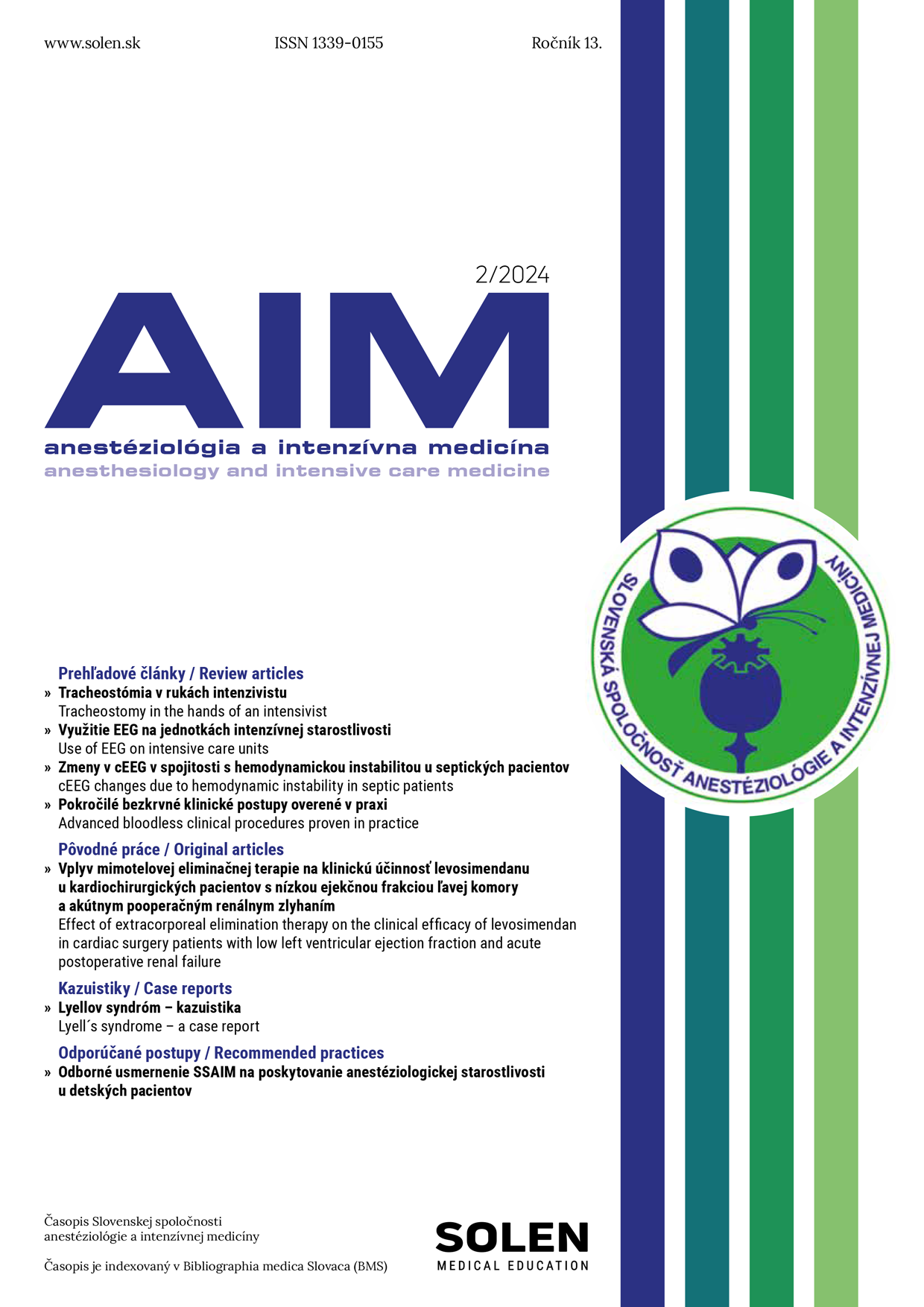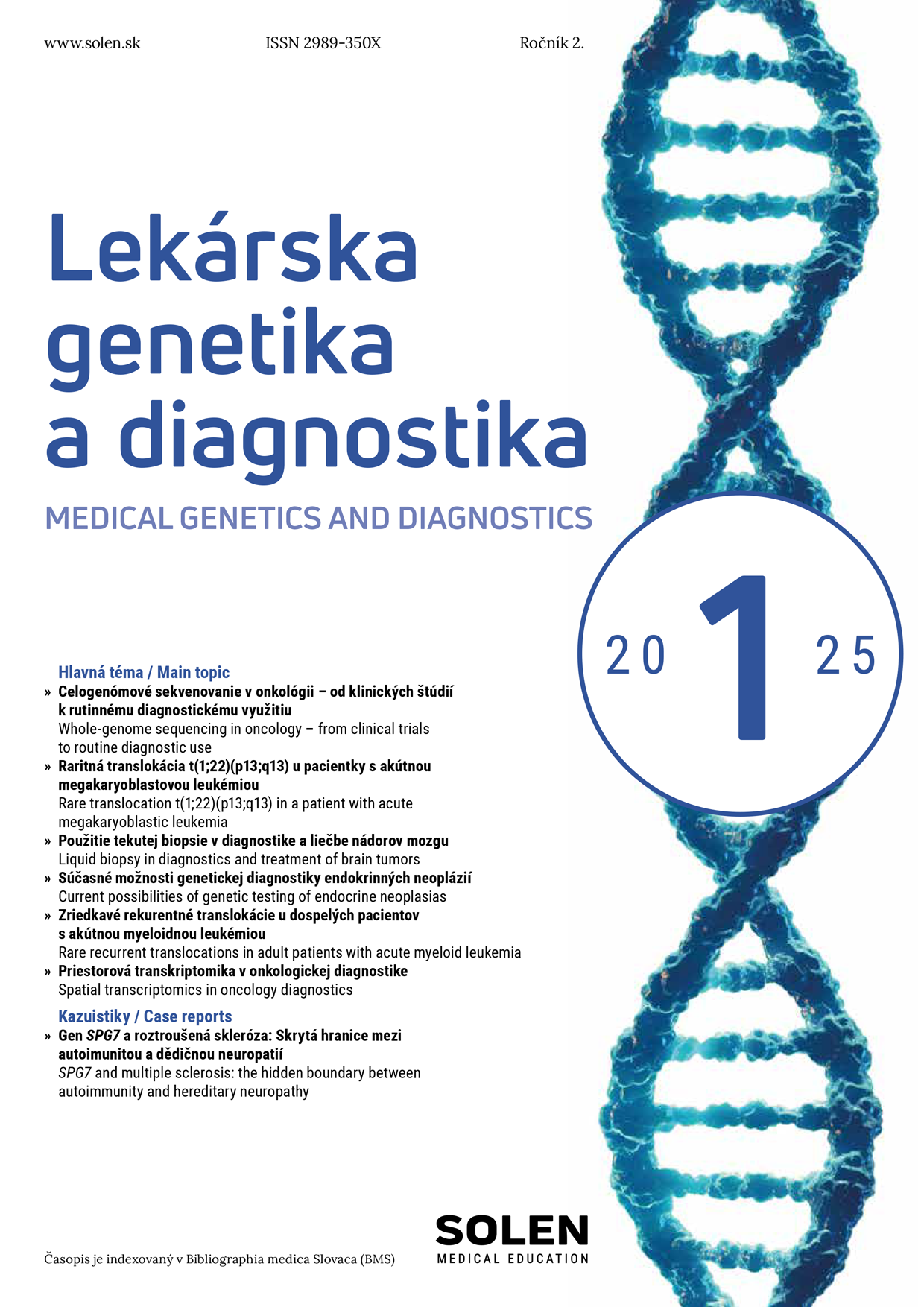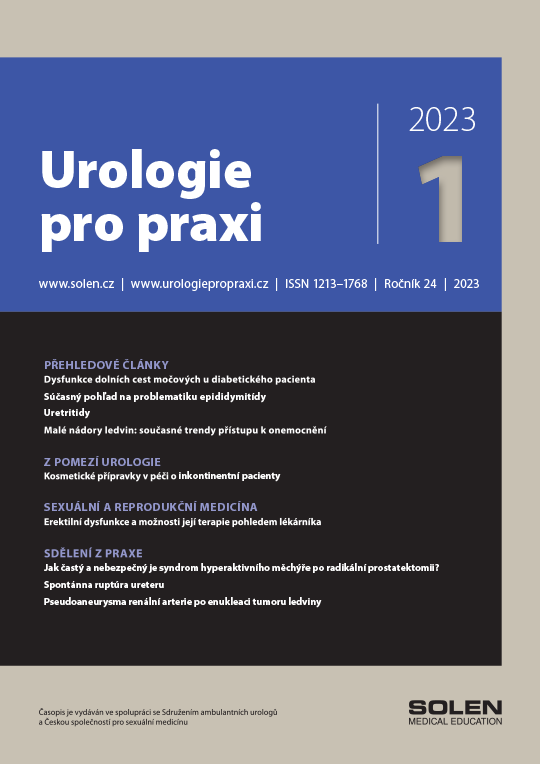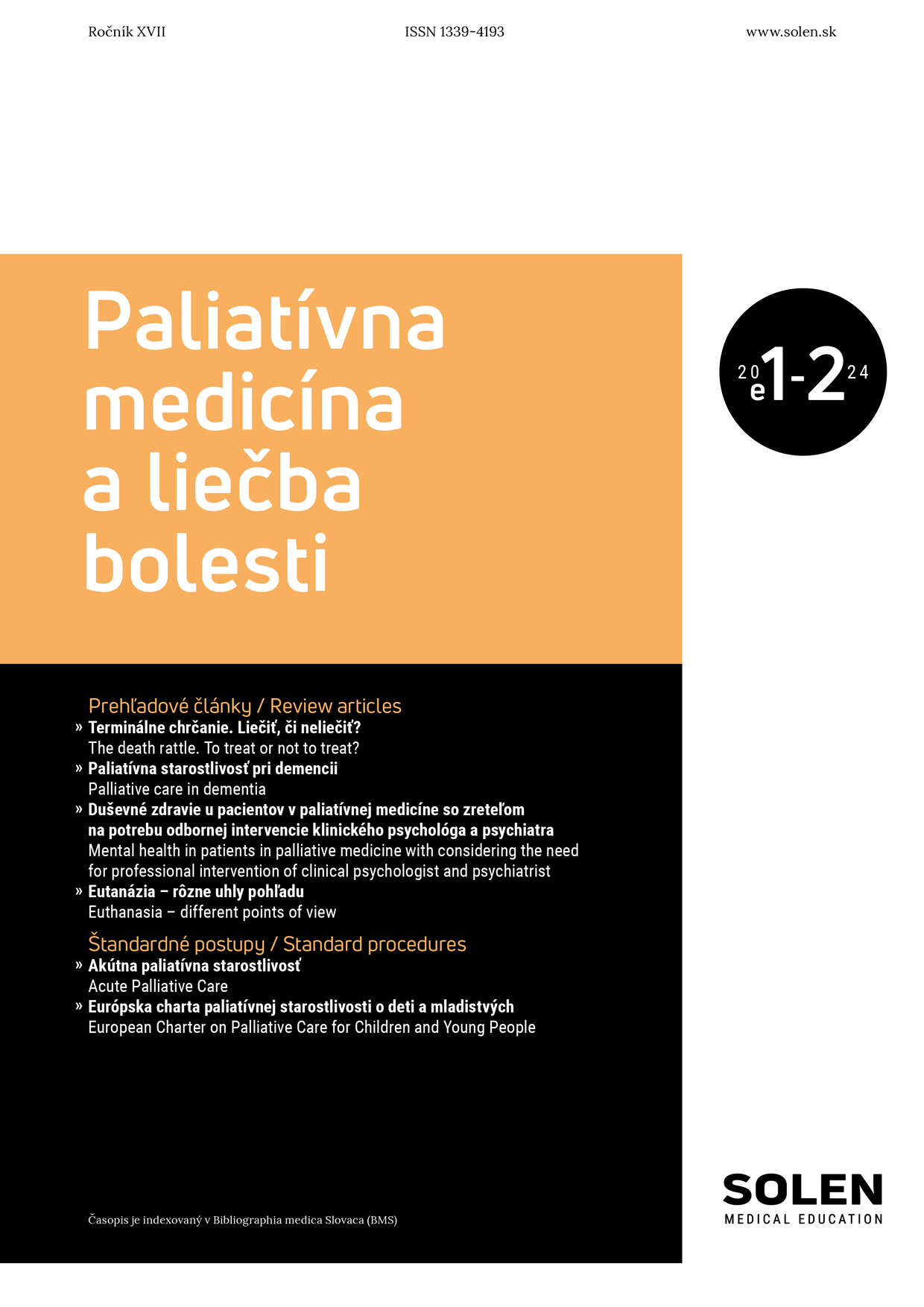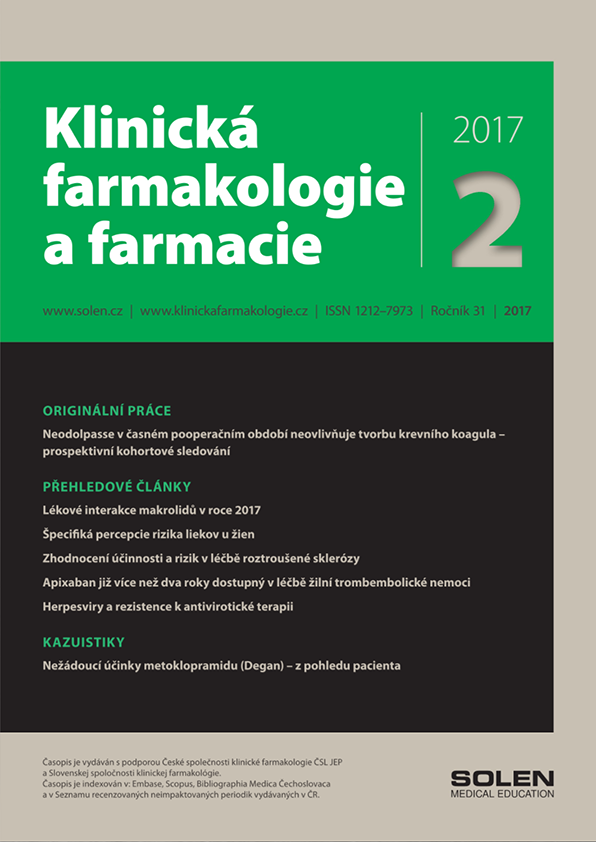Pediatria pre prax 1/2025
Esophageal atresia: current therapeutic options
Esophageal atresia (AE) with or without tracheoesophageal fistula (TEF) is the most common congenital anomaly of the esophagus with an estimated incidence of 1: 2500–1:4500 live births. In Slovakia 21 neonates with AE were operated on in years 2023 and 2024. Surgical intervention is performed during first days of life. Survival rates of these patients have improved over past decades to more than 90%. Preferred treatment option is primary anastomosis of esophagus by thoracotomy or thoracoscopy. When performed by experienced endoscopic pediatric surgeon, thoracoscopic AE repair shows the lowest number of post-operative complications. In cases of „long-gap“ AE recommended strategy is to choose among modifications of techniques of esophageal lenghtening to achieve the primary anastomosis of the native esophagus. Postoperative morbidity in patients with AE and predominantly „long-gap“ AE remains high. Most frequent complications are leak and stenosis of the anastomosis, gastroesophageal reflux, recurrence of TEF, esophageal dysmotility and respiratory disorders. Point of care is nowadays focused on management of these complications and long-term multidisciplinary follow up until transition. All current scientific works carry the message of importance of centralization of patients with AE. Our manuscript provides an up-to-date review of recommendations for management and therapeutic strategies in patients with AE as well as describes the most common postoperative complications.
Keywords: esophageal atresia, „long-gap“ esophageal atresia, tracheoesophageal fistula, complications, follow-up




